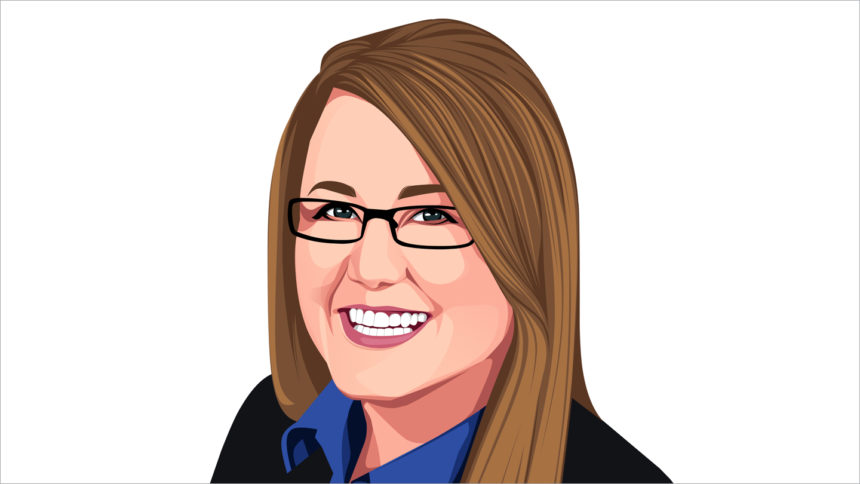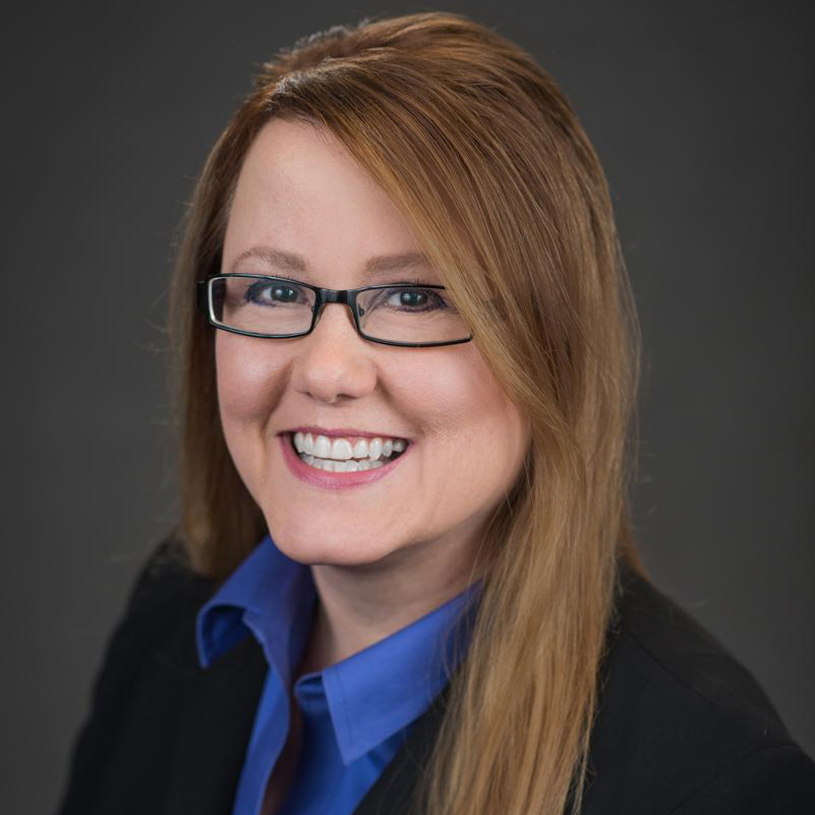

James Balda recalled a time some years ago when his mother had surgery and was expected to be discharged to a rehabilitation facility. He and his family researched places and settled on three preferences. When the time came for his mother to leave the hospital, however, she went to a place that wasn’t on that list, because that’s where a bed was open.
“It wasn’t a good experience. That’s not reflecting on skilled nursing providers in general, but it’s because we weren’t the final decision-maker,” the Argentum president and CEO told me and colleagues on McKnight’s Senior Living when we met last week in New Orleans during the national association’s Senior Living Executive Conference.
Unlike skilled nursing, senior living, due to its predominantly private-pay nature, is a setting where residents and their families have more of a say in things. “That’s what makes this industry so strong,” Balda said.
Many of us may have positive feelings about the senior living industry and the benefits it offers. And now Argentum is pursuing a course of action to put some numbers behind those feelings.
“We do a great job of telling the heart-of-senior-living stories, the personal stories, but as an industry, we need to do a better job of telling the quantitative story,” Balda said.
So Argentum has partnered with NIC MAP Vision, which will provide the association with access to its data, tools and services.
Initially, Balda said, the information will enable the association to tell members of Congress exactly how many senior living communities, residents and employees are their districts.
“Right now, there are some data sets out there that you can get from the government, but it’s only assisted living, and even then, we’re not entirely sure that it’s accurate,” he said. “And so, from our perspective, being able to leverage that data and being able to have that conversation with lawmakers is important.”
Over time, Balda said, Argentum may look to make data available to its state partners for their conversations with state-level lawmakers. “And then, over time, it could evolve into even more,” he added, noting NIC MAP Vision’s work related to the Medicare program and with the National Investment Center for Seniors Housing & Care and NORC at the University of Chicago.
“I think it’s going to be a great opportunity for us to better tell our story, and I think there’s much more to come on that front,” he said.
Argentum, Balda said, is looking for other partners to help the association quantify the value that senior living provides and share that story with state and federal regulators, elected officials, workforce boards and the investment community, among other stakeholders.
The additional business intelligence gleaned through NIC MAP Vision data will “strengthen the industry’s collective argument for intelligent regulation and bring attention to the additional support and considerations needed from policymakers as the industry grows to meet and serve the needs of an aging country and population,” the association said in a press release officially announcing the partnership.
“The industry has long been concerned about federal oversight and continues to be concerned about federal oversight,” Balda told McKnight’s Senior Living. “I think what we learned in COVID, though, was the notion of, putting our head in the sand and hoping they don’t pay attention to us doesn’t work.”
The industry will continue to have the heartfelt anecdotes of leaders, staff members, residents, family members, advocates and others. And now it will have data to back up and supplement those feelings, too.
Lois A. Bowers is the editor of McKnight’s Senior Living. Read her other columns here.

